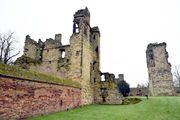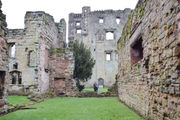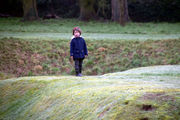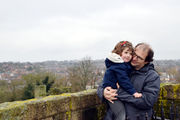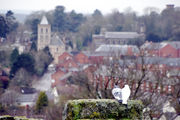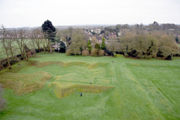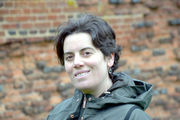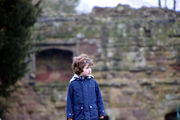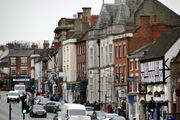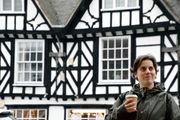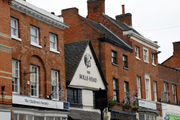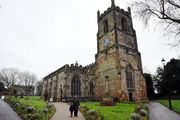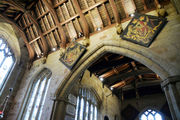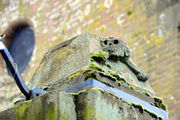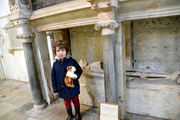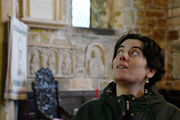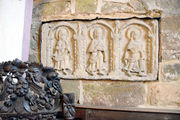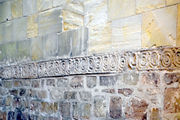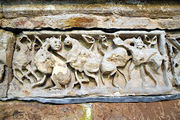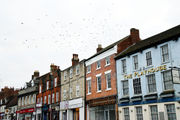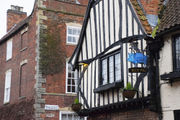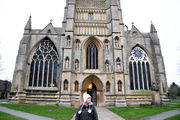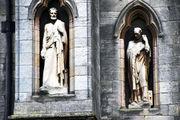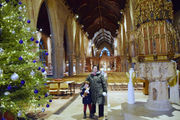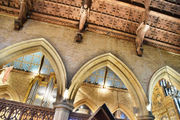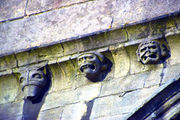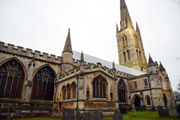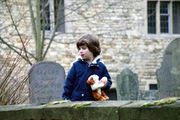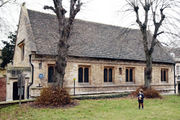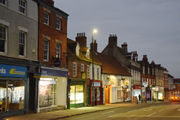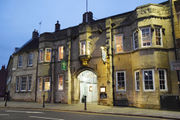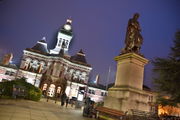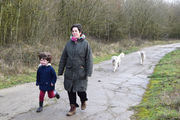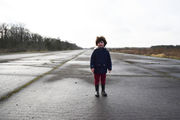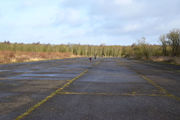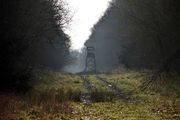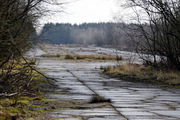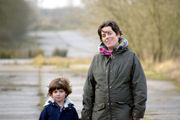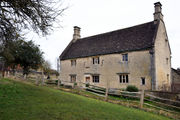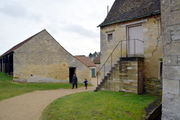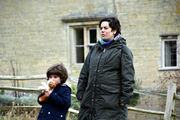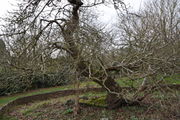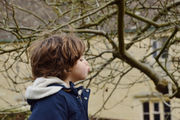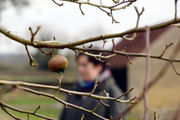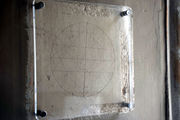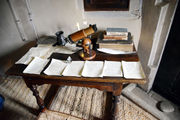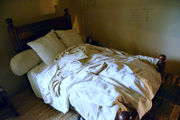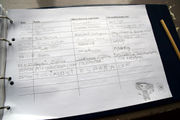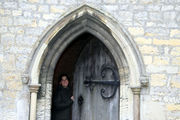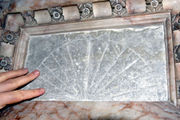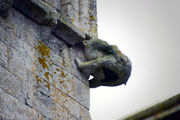Contents |
Ashby de la Zouche, Breedon, Grantham & Woolsthorpe Manor
Ashby de la Zouche
Ashby de la Zouche is a town in Leicestershire, peculiar for its fancy name of Britanny origin (Le Zouch) and significant for its castle, which was made famous by Walter Scott's Ivanhoe where a tournament is held in Ashby. It was destroyed during the English civil war. The Loudoun monument is another curiosity both in shape and in denomination.
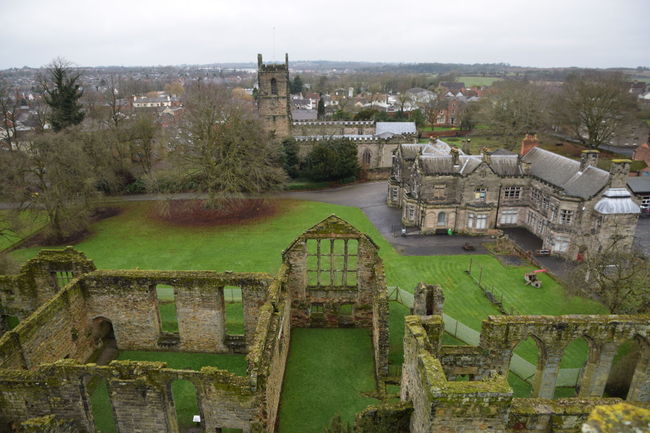
The first stop on our 5th campervanning trip, we hadn't planned to stop there but drifted here as a result of an error in exiting the highway. The first night was spent in a nearby pub's parking. Ashby was a destination that was on our list anyway. We decided to re-join the English heritage charity on this occasion. Our short stay (~2h45) mainly covered the castle & the church with a loop passing by Our Lady of Lourdes and back from Market street (see trajectory)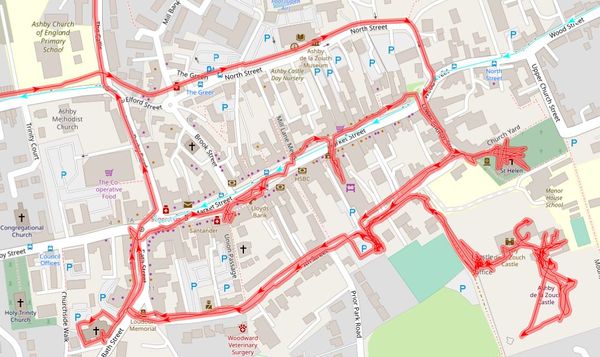 .
.
Breedon on the Hill
Breedon on the Hill is a must-go destination in England, a village of very old origin, it hosts the wonderful Church of St Mary and St Hardulph on top of its hill, that hosts itself a large body of extremely rare and valuable Anglo-Saxon art, possibly the oldest in the country, also including the longest frieze of this era.
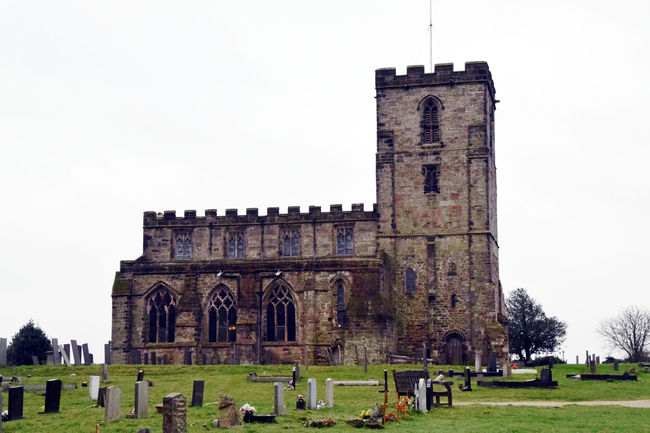
It also features an unsettling skeleton sculpture, which has been unusual since the time it was put there, at the demand of George Shirley who set up this monument to grieve the loss in childbirth of his wife (Francesca) for whom he wrote this beautiful plea:
- Death, which untimely tore thee from my bed
- And robbed my home,
- Shall one day give me back with thee to wed
- In this thy tomb.
Grantham
Grantham is a town in England, famous for its association to Newton (many things are named after him), also being the birthplace of Margaret Thatcher as well as the first UK diesel engine.
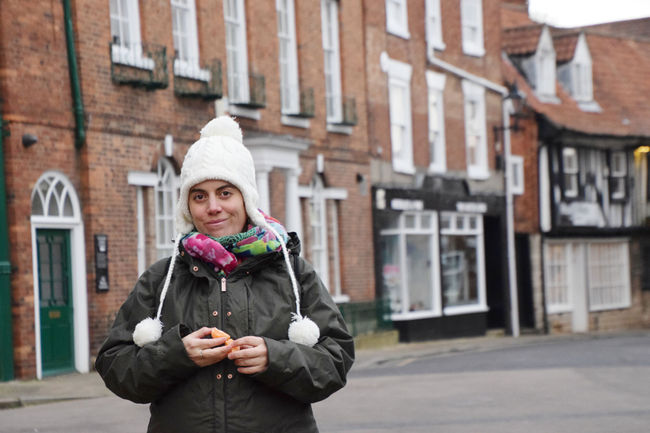
It was on our list of places to go for the Angel & Royal hotel, which has been in operation since 1203, making it one of the oldest hotels in the world. It is also known to have hosted a large number of royals in the past. At the occasion of this visit, however, although we ate in town (at the Japanese where I had authentic Wagu steak) we did not enter the place itself, focusing instead on Wulfram's church.
The "blue pig", which Julia could read by herself.
In the Hall court of this schoold, Sir Isaac Newton was taught.
RAF North Witham
In Twyford wood, the American Station 479 was hiding warplane runways, from which, on 5 June (1944) at precisely 21.54, 20 aircraft departed to launch the invasion of Normandy. Their mission was to position radio-signaling beacons behind enemy lines to guide the main invasion aircraft.
Woolsthorpe Manor
Woolsthorpe is a legendary place, being both the birthplace of Newton and the location where he developed his most important scientific achievements, including the theory of gravitation and optics.
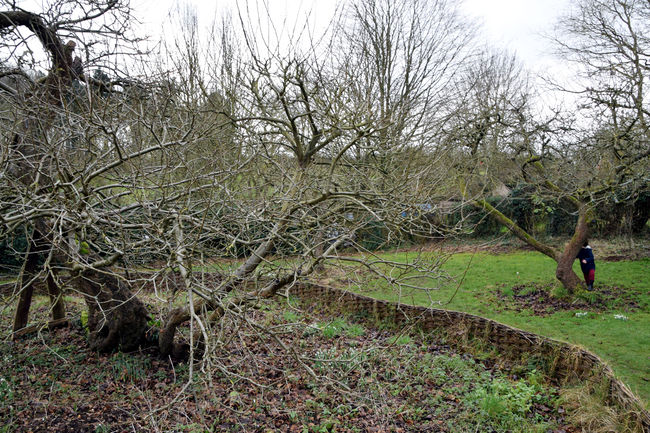
Julia, who signed as 'Julia Losi', met a cat there, which she reported as the item of the visit which inspired her. Although it seems we stayed there forever, it was only hardly over 2 hours, from 11h20 till 13h28. We also visited the village itself (Colsterworth), which is worth it as the church includes an original carving of Newton (a sundial).
Discussing another assumed Newton's carving, this time, Wulfrum church in Grantham.

